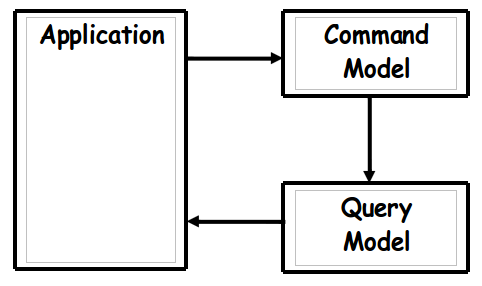New version!A new version of this website is available at architectural-patterns.net. CQRS - Command Query Responsibility Segregation
 This architecture is only useful if your application process huge amounts of data. Further, the views that present the data to the user are complex and cannot be generated real-time. In this architecture reading and writing information is separated into two separate models. Examples
Where does it come from?CQRS was created by Greg Young. When should you use it?
How does it work?A CQRS system separates a Command Model from a Query Model. Whenever the system executes an action, an Action object is created and this is stored in the command model. A signal is then sent to the Query Model and all models that depend on this command are updated, asynchronously. Data entering the system is written only to the Command Model. When an application needs to show data, it is read from the Query model. The Query Models are "throw away" and may be recreated from the Command Model. However, it may take (considerable) time to recreate the Query Models.  Problems
Common implementation techniques
Links |
